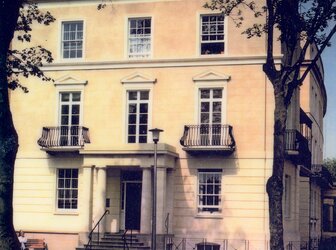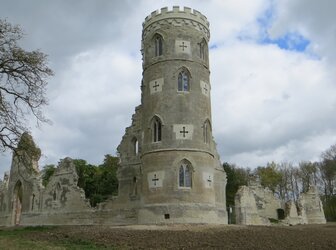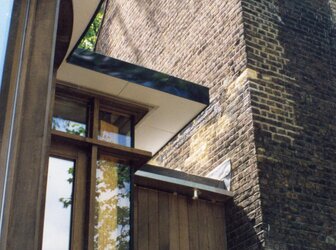Restoration of Conwy Suspension Bridge
The Suspension Bridge at Conwy, North Wales was the first vehicular crossing of the River Conwy on the coastal route. The Bridge was constructed by Thomas Telford, the eminent Scottish Engineer, and opened in 1826. The bridge was superseded in 1958 by the new road bridge and with ...
Read more
Project details
| Title: | Restoration of Conwy Suspension Bridge |
|---|---|
| Entr. year: | 1995 |
| Result: | Diploma |
| Country: | United Kingdom |
| Town: | Conwy, Gwynedd (North Wales) |
| Category type: | architectural heritage |
| Building type/ Project type: | industrial heritage |
| Former use: | Bridge |
| Actual use: | Bridge |
| Built: | 19th century |
| Architect / Proj.leader: | Thomas Telford, Engineer , Pearson Assocates, Consultant Engineers (Chester - GB) |
| The Jury's citation: | "For the admirable restoration to original condition of this great monument of the Industrial Revolution, with care beyond the call of duty and in the very best tradition of the National Trust" |
| GPS: | 53°16'49.5"N 3°49'26.4"W |
| Web, Links: | www.nationaltrust.org.uk/conwy-suspension-bridge |
Description:
The Suspension Bridge at Conwy, North Wales was the first vehicular crossing of the River Conwy on the coastal route. The Bridge was constructed by Thomas Telford, the eminent Scottish Engineer, and opened in 1826. The bridge was superseded in 1958 by the new road bridge and with the loss of Toll income came the threat of demolition. It was during the repainting in 1989 that the removal of 21 layers of paint revealed high levels of corrosion in the chains. Some links had lost as much as 95% of their original cross-section. Further investigations into the structure indicated that the road deck, by being continually strengthened to take additional traffic loads, had tripled in weight without a corresponding increase in strength of the supporting chains. As the bridge no longer needed to take vehicular loading consideration could be given to reducing its weight. This was to be achieved without removing any of Telford's original fabric. The reduction in weight enabled the weakened but still original chains to be retained intact. Sections of the bridge were dismantled to determine the levels of corrosion beneath surface. One of the main chain link pins was removed, thoroughly blast-cleaned and painted. Many important components, introduced into the structure during its evolution, have also been retained thus the bridge is now presented on site as it would have appeared in 1896. The programme of repair has also extended to the Toll House, which was designed and built by Thomas Telford to coincide with the opening of the bridge in 1826. It has been reroofed, the masonry has been repaired and the inside completely refurbished to Telford's original specification.
Similar projects

1904-1908

12th century (castle); 17th century (barn)


19th century

20th century

7th century

19th century

18th century

18th century

19th century

12th century



